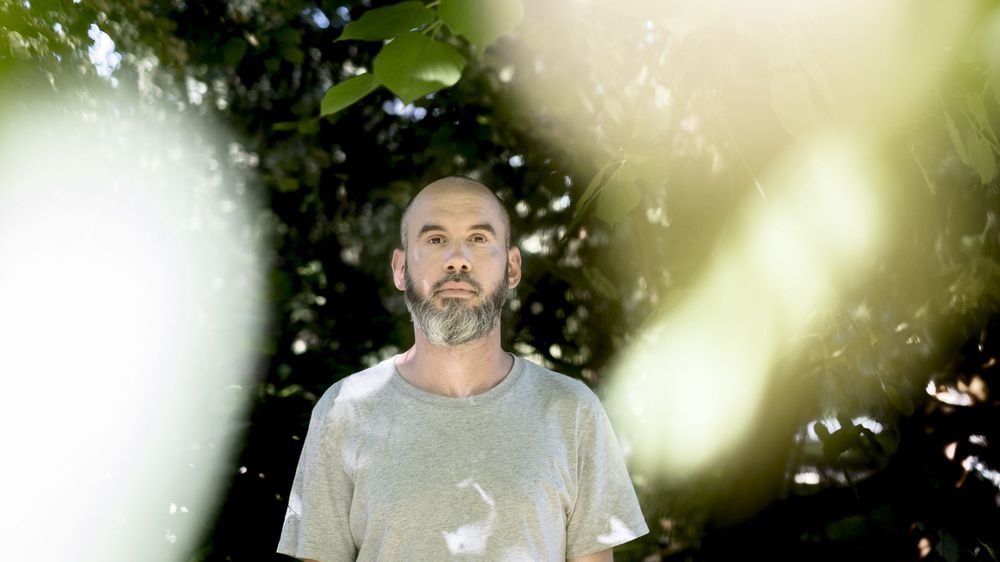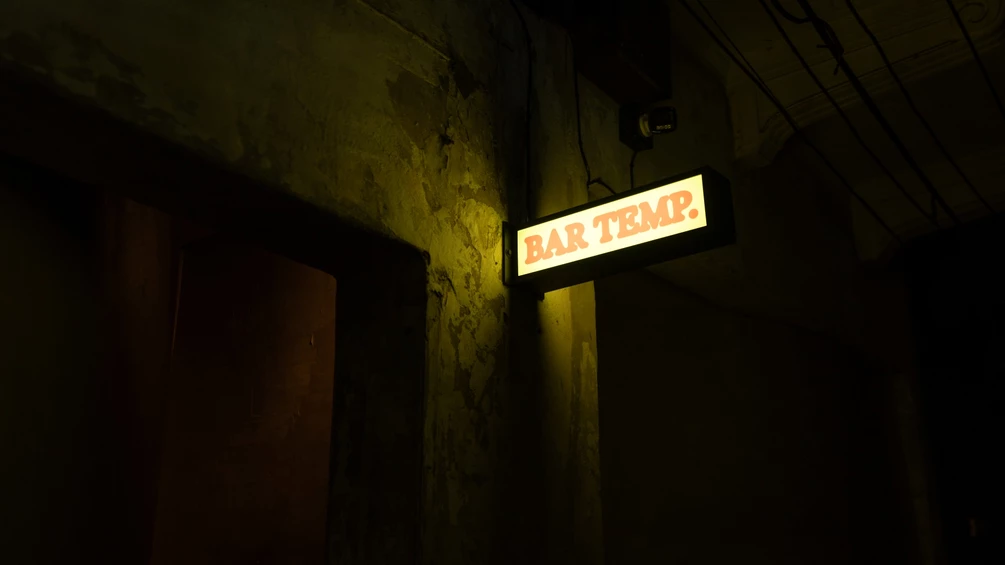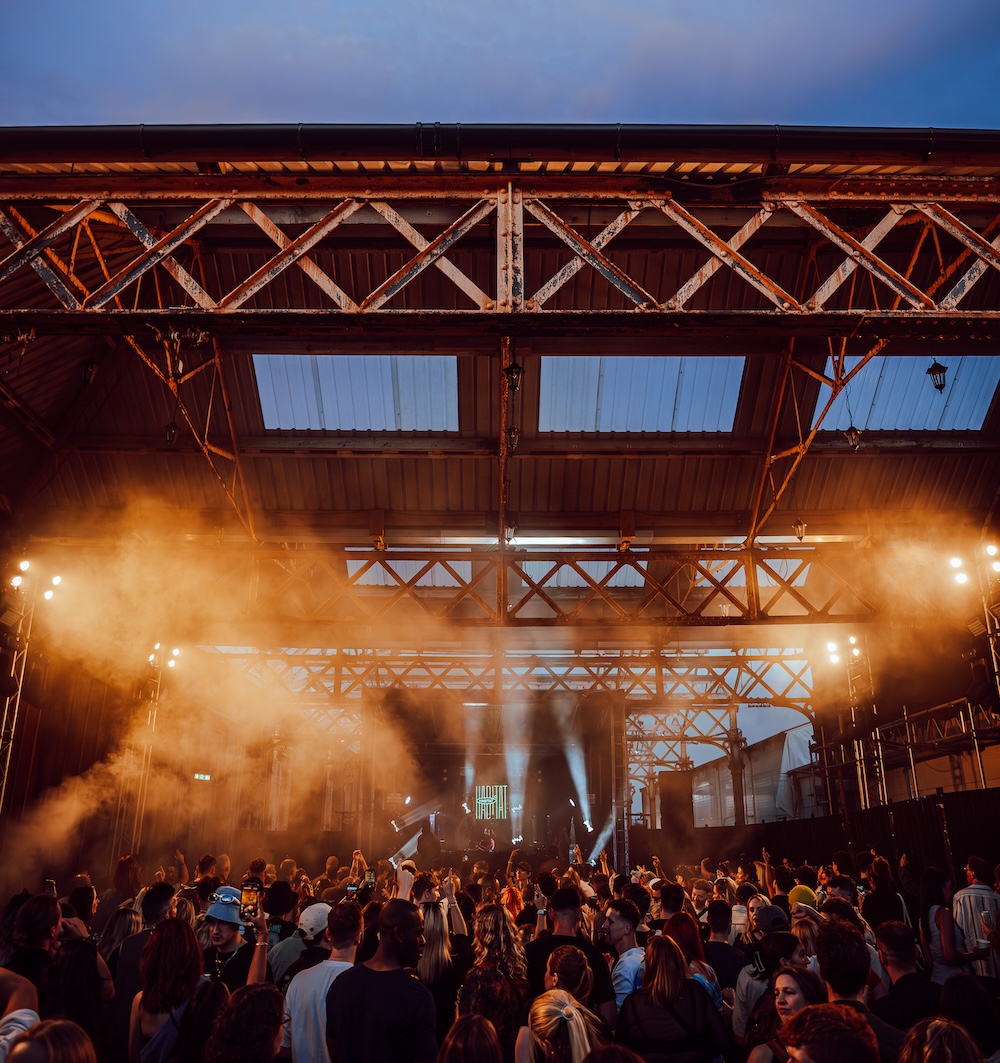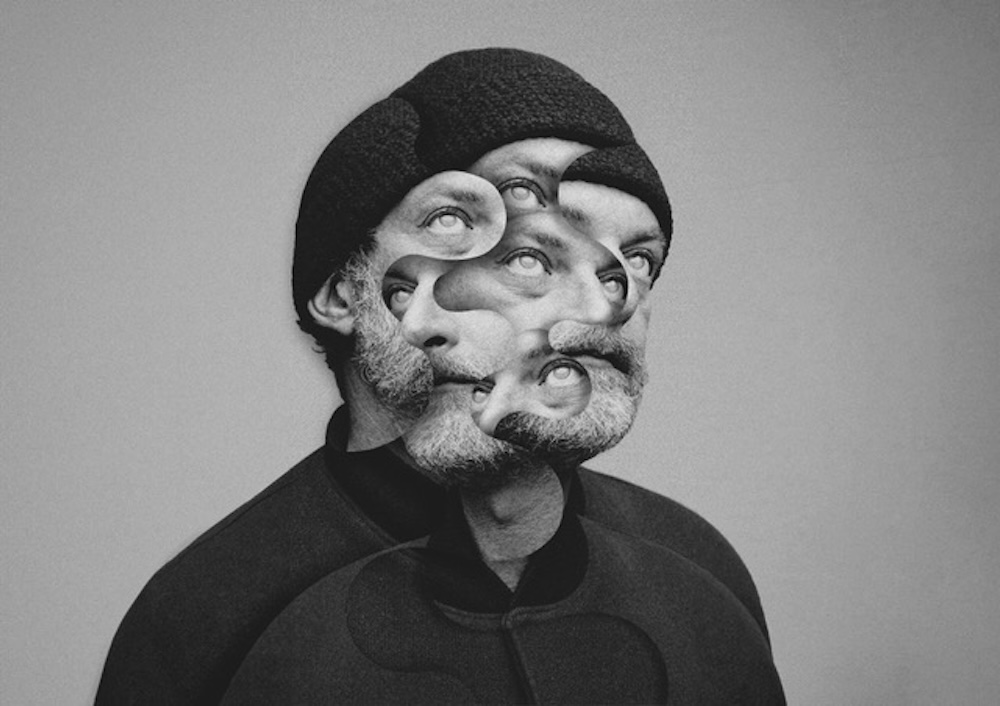Maxime Denuc: The ‘Monday Is OK’ Mix

French composer and producer Maxime Denuc takes an unorthodox approach to electronic music, drawing from influences in classical, baroque, noise, contemporary and rave. Formerly as part of Plapla Pinky, the duo he co-founded with Raphaël Hénard, he made homes on the likes of Sonore, Kuntur Records and Choral Records, the label the pair launched in 2015.
In addition to his work as a composer, Maxime has a strong interest in research, previously exploring musicology and the theories and practices of language and arts through his further education, while now he’s focusing on his output as a solo artist with the release of Solarium, an hour and a half organ piece intended for the “afters” on Belgian label Vlek.
Following Solarium’s release, we invited Maxime to help us blow away the cobwebs, and he succeeds emphatically by blessing us with a mix of choral pieces and compositions from the XIIth to the XVIIth century, moving chronologically from occidental music, through to the middle ages and the baroque era.
Please introduce yourself… Who are you, where are you, what are you?
I’m Maxime Denuc, a French music composer. I was a member of electronic duo Plapla Pinky with the musician Raphael Henard. Now, we are managing the label Choral Records with our mate, Jonathan Martin. On this moment, my work focuses on church organs and I just released an hour-and-a-half clubbing organ piece called ‘Solarium’ on the Belgian label vlek. The piece is intended as a soundtrack for afters, that period of slack that follows the frenzy of a techno fuelled night.
Tell us about the Monday mixtape you’ve put together for us.
It is a selection of musical gems from the XIIth to the XVIIth century. Despite that I couldn’t include all important works, I tried to respect a chronological order in order to present a kind of historical timeline of six centuries of occidental music, from the middle ages to baroque era. The mix starts with pieces of Leonin and Perotin, former members of the Notre Dame School, a group of composers who worked at the cathedral in Paris right after its building was completed at the end of the XIIst century. The selection finishes with an excerpt of the King Arthur semi-opera from Henry Purcell composed in 1691.
If it were to be drawn what would it look like?
A portrait of the Belgian painter Rogier Van Der Weyden.
What would be the ideal setting to listen to the mix?
A couch, early in the morning.
What should we be wearing?
Just panties maybe?
Where was it recorded?
It was recorded in Strasbourg in France, surrounded by four cats and one teckel.
Are you on the same wavelength as the boomtown rats or do you actually like Mondays?
I always preferred Mondays over Tuesdays.
Who got you hooked on electronic music?
I spent my teenage years in the countryside of southwestern France and so I started to produce electronic music by myself to fight the boringness. I was using a tracker, an archaic music software on the computer of my parents, trying for hours to understand how it worked. For sure I didn’t have any manual, and Internet tutorials didn’t exist yet. (laughs)
Who would you say are your biggest influences and what are you hoping to achieve with your music?
Electronic music in general had a major influence on me – principally old house and acid from Chicago, Belgian techno or UK rave stuff. But I have been influenced by a variety of styles and eras: from mainstream music – especially French songs from the eighties or even Eurodance tracks – black music and classical music in all its facets. J.S Bach is my favorite composer: I guess it is the first time I make a musical selection of ancient music without using his work.
Concerning my musical work, for a long time I mainly focused on producing and thus I didn’t care too much about performing live. But over the last three years, my research in the field of Sociology of Music made me think about live performances: my latest project ‘Solarium’ is an hour-and-a-half organ piece intended for ‘afters’. The piece came to life in a church at 10 AM on a Sunday morning. It was interpreted live by Belgian organist Cindy Castillo during the annual Festival ‘Électro Alternativ’ in Toulouse. Inspired by the idea of the rave, this performance upholds the freedom of its audience. While speakers subtly amplify the sound of the organ in the nave of the church, listeners wander, sit, stand or lie, to focus on the score or lose themselves in sound.
What was the first electronic record you heard and how did it make you feel?
When I was a kid, I discovered acid music on ’40 degrés à l’ombre’, a French TV show took place on the beaches. But I guess the first electronic music record I really listened was Kakusei from DJ Krush, coming from my friend Raphael. It was a big discovery and I bought a MPC2000 not so long after experiencing it.
What were the first and last records you bought?
I listen to a lot of music, but I don’t really buy records. But I can say my two earworms of the moment are the Dub of Doom by MK, a remix of the Nightcrawlers track ‘Push The Feeling On’, and a transcription by D’Anglebert of Lully’s passacaille d’Armide for two harpsichords – interpreted by Skip Sempé and Olivier Fortin.
What are you obsessed with at the moment?
I’m working full time on my PhD in the field of Sociology of Music, thinking about a new system for musical performances taking in account various musical genres.
If you could travel in time… where in time would you go? Why?
I guess I would go back to the XVIIth century at St. Thomas in Leipzig, the church of J.S Bach. I’m really curious how the audience was listening to his music and especially his organ pieces. In those times, organ was the only instrument capable of producing really deep sub-basses. I presume it was an important point in the transmission of the religious feeling and the belief in God.
Tracklist
00:00 Leonin (ca 1150 – ca 1210) – Benedicamus Domino
02:00 Pérotin (ca 1160 – ca 1230) – Viderunt Omnes
05:22 Ockeghem (ca 1420 – 1497) – Deo Gratias
11:16 Jacob Obrecht (ca 1457 – 1505) Missa Fortuna Desperata – Kyrie
15:04 Cristobald Morales (1500 – 1553) – Missa Pro Defunctis
17:06 Guillaume Dufay (1397 – 1474) – Dieu m’amour
21:31 Josquin des près (ca 1450 – 1521) – Adieu mes amours
23:28 Johannes Hieronymus Kapsberger (ca 1580 – 1651) – Toccata Arpeggiata
26:09 Girolamo Frescobaldi (1583-1643) – Messa de la Madonna – Ricercar con obligo di cantare la quinta parte.
31:12 Jan Pieterszoon Sweelinck (1562 – 1621) – Fantasia Chromatica
38:00 Dietrich Buxtehude (1637 – 1707) – Jesu, meines Lebens Leben
44:45 Henry Purcell (1659 – 1695) – King Arthur – How Happy the lover
Listen to Solarium on Vlek. Photo credit: Laetitia Piccarreta.


















Must Reads
David Holmes – Humanity As An Act Of Resistance in three chapters
As a nation, the Irish have always had a profound relationship with the people of Palestine
Rotterdam – A City which Bounces Back
The Dutch city is in a state of constant revival
Going Remote.
Home swapping as a lifestyle choice
Trending track
Vels d’Èter
Glass Isle
Shop NowDreaming
Timothy Clerkin
Shop Now